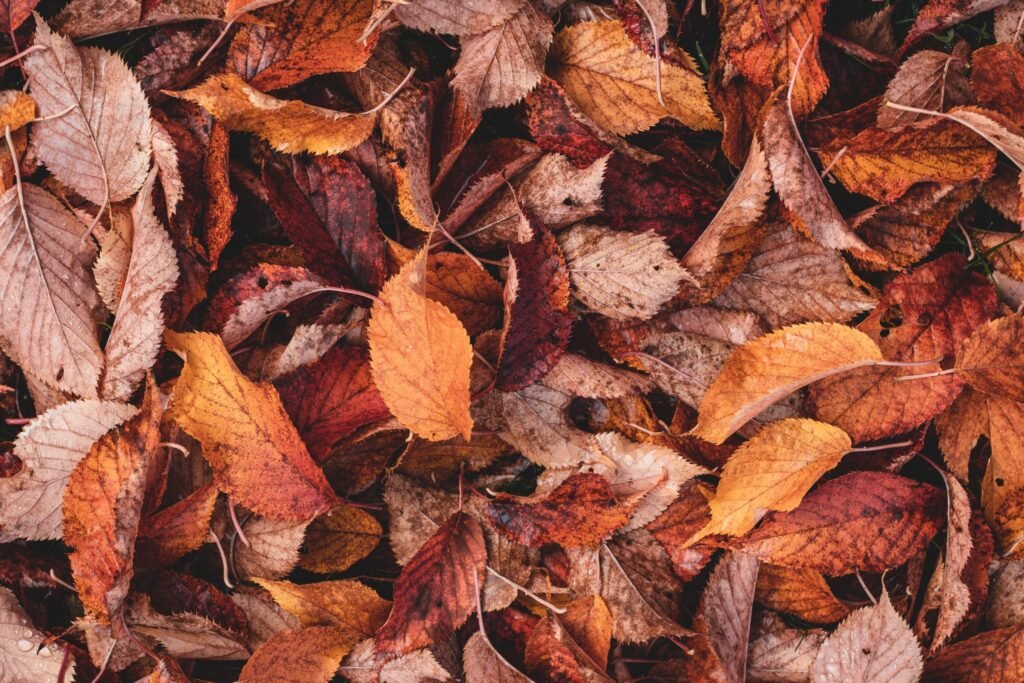-
FREE P&P ON SEED ORDERS OVER £25 -£2.50 P&P ON SEED ORDERS UNDER £25
We are unable to deliver to N.Ireland, Europe or The rest of the worlD

WHAT IS LEAF MOULD
What is leaf mould and why do I need it?
Leaf mould is quite simply rotted down leaves and it couldn’t be any easier to make!
Leaf mould, also known as gardeners’ gold, is used as a soil conditioner which will help to improve soil structure by increasing aeration, increasing the soil’s ability to hold onto water and it will add valuable nutrients to the soil.
Why is it different to compost?
Compost is much quicker to make and it relies on heat and bacteria to break down the plant matter whereas leaf mould will take a couple of years and relies on fungi to work its way through the decaying leaves.
How can I use leaf mould in my garden?
Leaf mould is multifunctional. It can be used as a seed compost, potting compost, mulch or soil conditioner. The easiest way to use it is to spread a thin layer on the soil surface and let the earthworms do the work. This is a particularly good method over the winter months when you are more likely to have patches of bare soil that would benefit from being covered.
Can I use any leaves to make leaf mould?
All leaves will eventually break down into leaf mould. The best leaves are oak, beech and hornbeam which will break down without much help. Sycamore, walnut, and horse chestnut will benefit from being shredded first which can easily be done with a lawn mower. Other than that, try and use leaves from the garden or from quiet streets. Leaves gathered from near busy roads will contain pollutants which you wouldn’t want to add to your vegetable garden
How do you make leaf mould?
Leaf mould is super easy to make. Simply gather your leaves and shred any that are harder to break down. It is much easier to gather and shred the leaves when they are dry. Then you can either build a frame/bin with wood and chicken wire in an area sheltered from wind or you can add the leaves to sacks. A lot of people use bin liners and punch holes into the bags for aeration but in the interests of reducing plastic waste we prefer jute composting sacks which are biodegradable. Water the leaves to add moisture and then place them somewhere out of the way for a couple of years. The best quality leaf mould will take around 2 years to make – it is ready when it is soft and crumbly and can then be used for seed and potting compost. 1 year old leaf mould will still be crumbly enough to add to the vegetable garden as a mulch. If the leaf pile doesn’t seem to be breaking down then turn it regularly and make sure it has not dried out.
So, are you going to gather up those fallen leaves this autumn and make some gardeners gold for free?

